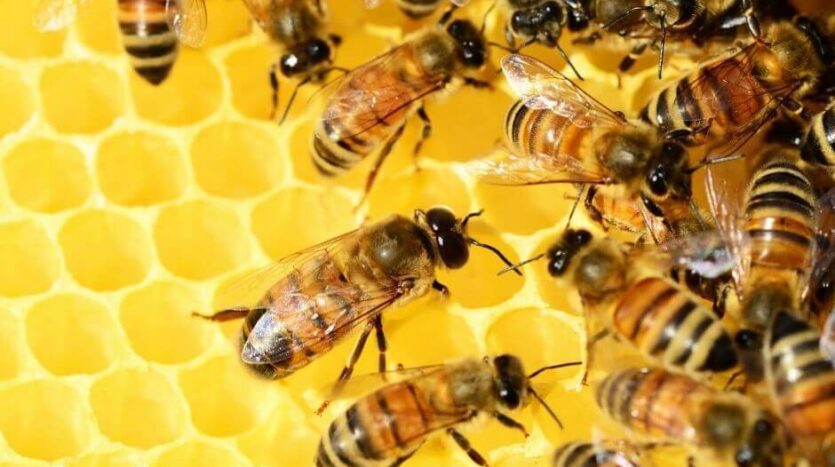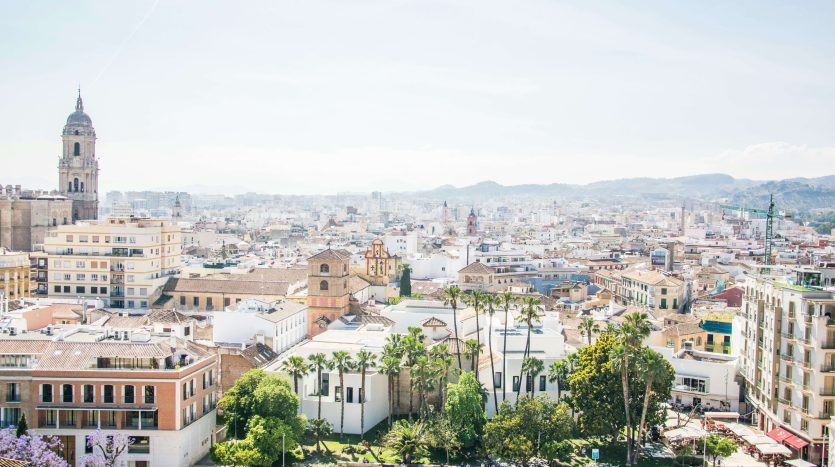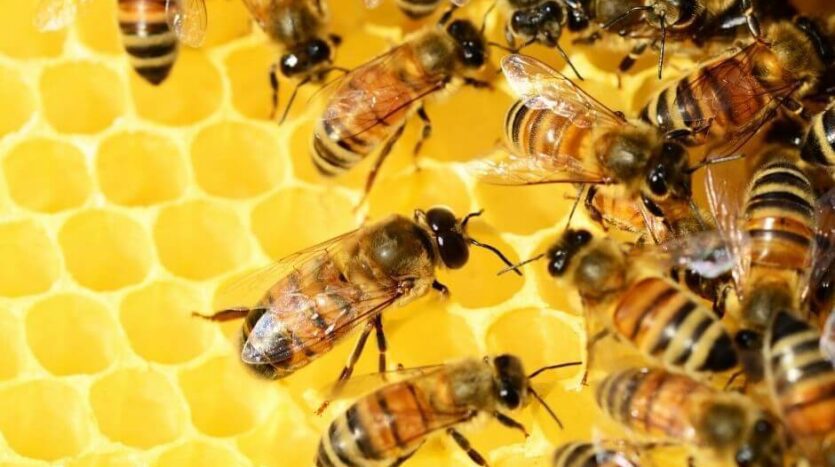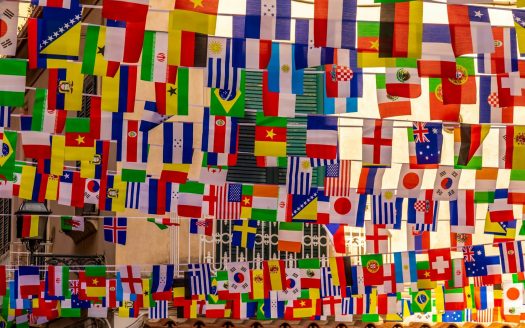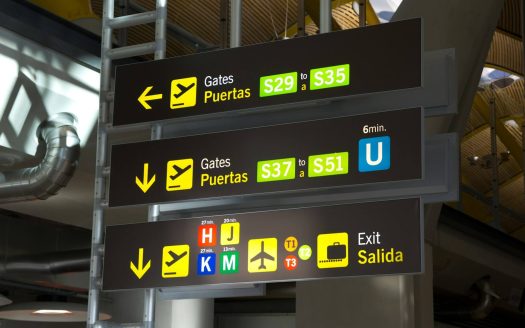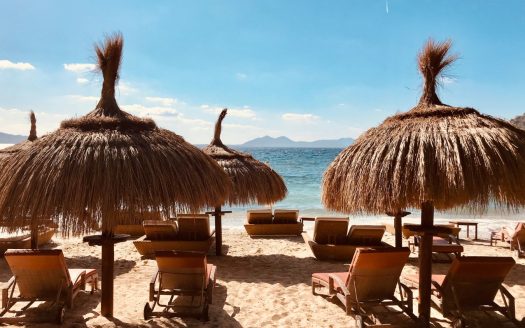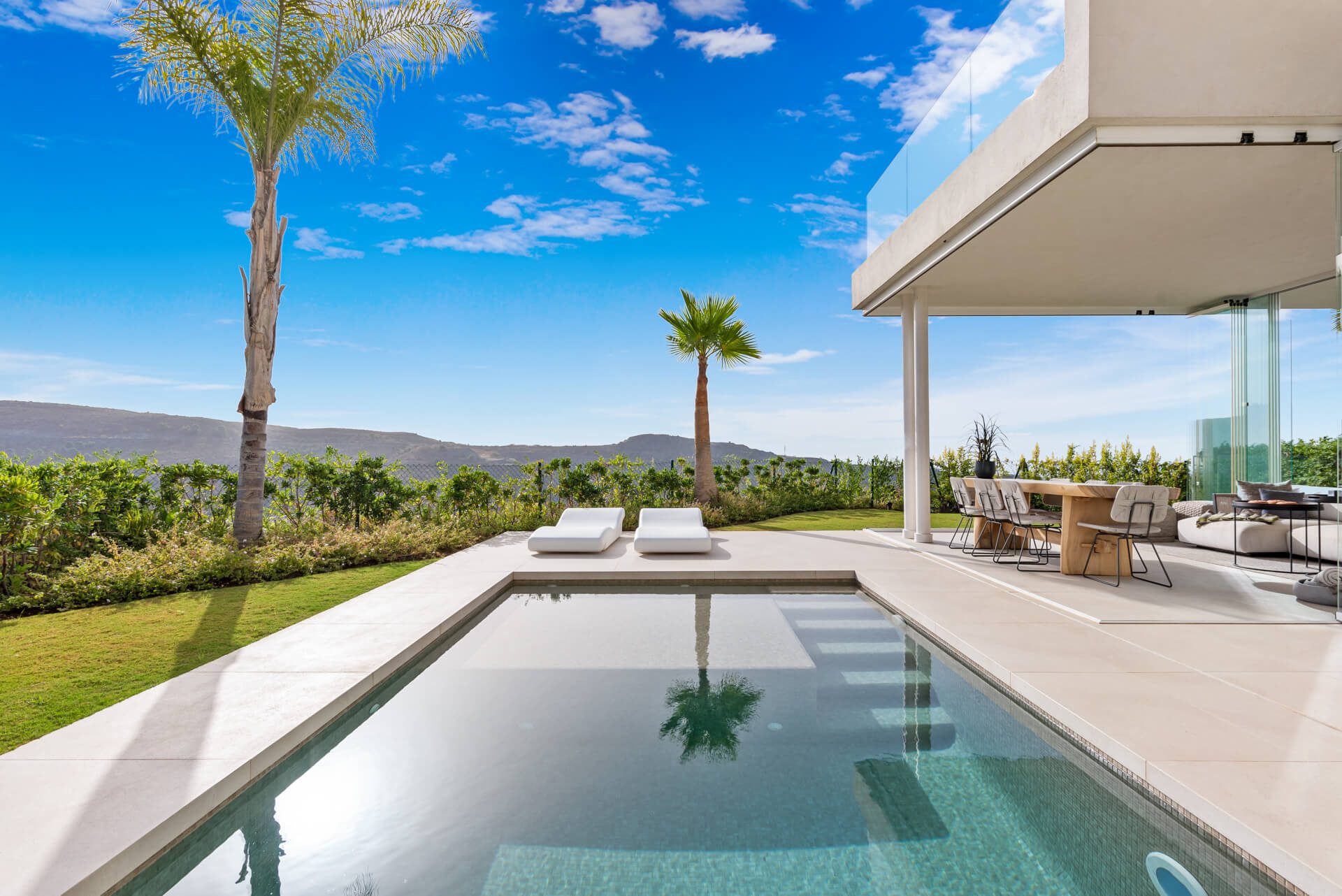Costa del Sol:
Art at the coast
Who thinks of the Costa del Sol, thinks of sun, sea and beaches. That is certainly true! And there is certainly nothing wrong with enjoying a drink at one of the many beach clubs. Or parading along the boulevard of Puerto Banús in Marbella. But what about an afternoon of culture in one of the many museums that the Costa del Sol offers? With over one hundred museums dedicated to a wide range of themes and artistic trends, the Spanish province of Málaga has in recent years become a cultural centre that attracts visitors from all over the world. We are happy to tell you more about it.
Costa del Sol: art at the coast
Content
- Malaga the city of Picasso
- The Axarquía – Costa del Sol region and its arts
- Bee Museum Colmenar
- Olive oil museum in Mondrón
- Antequera, MAD museum
- Museumstad Ronda
- Het bullfighting museum
- Wine tasting in the museum
- Genalguacil, the museum village
- Paleontological museum, Estepona
- Pre-Columbian art in Benalmádena
- Ralli Museum in Marbella
- Contemporary Art Centre in Mijas
1. Malaga the city of Picasso
There are quite a few museums in Málaga. The themes of the museums are very diverse. From a car museum to a wine museum and from the Museum of Russian Art to the Juan Breva flamenco museum. There is also a real interactive music museum, the MIMMA. You will find a museum for every art lover in Málaga.
The most famous and most visited museum is the Museo Picasso. This is a tribute to the famous painter Pablo Picasso. This famous ‘Malagueño’ was born on 25 October 1881 and lived in Málaga for only 10 years. His birthplace can be found at Plaza de la Merced 15, which today is also a small museum. Pablo spent his childhood in this house. Museo Picasso is built on the ruins of a Moorish palace and is located in an old Jewish neighbourhood.
Museo Picasso collection
The collection includes all the styles and materials with which the painter experimented. You will also find works from the pink period and cubism to neoclassicism and surrealism, as well as his last works in the 1970s. Sculptures and pieces of ceramics he made are also on display.
2. The Axarquía – Costa del Sol region and its arts
When visiting this region, a stop in the town of Nerja is a must. Here, you will find the museum of the caves with cave paintings and other archaeological remains. We also discovered that almost every village in the Axarquía region has a museum. For example, there is a Raisin Museum in Almáchar, the Museum of Antique Toys in Alfarnate and the Miniature Museum in Torrox. But we have highlighted the “tastiest” museums for you.
3. Colmenar Bee Museum
Colmenar, for example, has a real honey museum. Step into the world of bees and beekeepers, and learn all about how Málaga’s rich honey is obtained. Learn everything about beekeeping from 8000 years ago to the modern beekeeping of today. But also how the properties of bee products and beekeeping play an important role in the conservation of the environment. At the end of the tour you can even taste the honey! Fun for young and old.

4. Olive oil museum in Mondrón
The main source of income for Mondrón, Periana, comes from olive oil. We have been told that they make the best olive oil in the whole of the Costa del Sol here! Next to the olive oil factory is the museum. Here you will discover everything about the liquid gold. From olive to oil and what tools are used in the past and present. Of course you will also be able to taste this delicious olive oil.
5. Antequera, MAD museum
The MAD museum, Museo De Arte De La Diputacion, the art museum of the provincial government in Antequera is definitely worth a visit. The permanent collection includes more than 300 works, ranging from the 19th century to the present. As well as various changing exhibitions. The collection is divided over two floors. The ground floor has modern art, while the first floor has more traditional, Andalusian art. Be sure to check out the original staircase and the “wobbly” chandelier that are present in the building.
6. Museum village Ronda
We continue with already chapter 6 of Costa del Sol: art on the coast. Time for Ronda! Ronda has a rich culture, and one way to discover that culture is by visiting a museum. Learn more about the classical and modern art and about the local traditions. We found the following museums very interesting:
7. The bullfighting museum
Ronda is often seen as the birthplace of modern bullfighting. The Real Maestranza bullring is one of the oldest and most beautiful bullrings you can find in Spain. This magnificent building stands in the middle of Ronda. It was built in 1785 by José Martin Aldehuela, the same architect who designed the Puente Nuevo bridge. They offer an audio tour to help you learn more about the origins of bullfighting. There is also a wonderful collection of paintings, sculptures, textiles, tools and historical documentation.
8. Wine tasting in the museum
This museum is located in one of the most beautiful houses of Ronda. In the past, during the 14th century, this house belonged to the Nazari palace and finally became a winery. Wine is a very important product in Ronda. You’ll also find several bodegas in the vicinity. In this museum you’ll learn all about this drink of the gods. Here, they show you how the grapes are picked and sorted, and how wine is eventually made from them. The best thing about this museum is that you can taste the wines. On the wall there are dozens of taps. By means of these taps you can tap your own drinks from the wall!

9. Genalguacil, the museum village
Genalguacil is also called the “museum village“. It is located about 45 km from Ronda and is one of the villages belonging to the mountain range of the same name. Every two years, the municipality organises the “Encuentros del Arte” (art gatherings), which are joined by the most important contemporary artists. The pieces that are permanently placed in squares and streets turn the town into a true open-air museum. Many painters, sculptors, photographers and potters have already left their mark here.
10. Paleontological Museum, Estepona
In Estepona, we find the Municipal Palaeontological Museum. This museum is unique in the province of Málaga in the field of natural history. It houses an important collection of molluscs and invertebrates from the Pliocene period found in Estepona. You will also find coral reefs from the Upper Triassic, unique on the Iberian Peninsula. But also a collection of replica skeletons of Argentinian dinosaurs from the Mesozoic and a collection of fossils from the Miocene should not be missed.
11. Pre-Columbian art in Benalmádena
For number 11 in our Costa del Sol: art on the coast list, we travel to the heart of Benalmádena, with its white houses and flamboyant streets, you will find the Felipe Orlando pre-Columbian art museum. Felipe Orlando-García Murciano, was a prestigious anthropologist and artist. In 1968, he donated his collection of pre-Columbian relics, consisting of 137 historical objects, to the Benalmádena Town Hall. He only had a few conditions. Namely, that they would build a museum to house the precious pieces and appoint him deputy director and curator for life. You will also find very old pieces from Mexico, Nicaragua or Peru.
12. Ralli Museum in Marbella
Museo Ralli in Marbella is a private institution and is located in the heart of the Costa del Sol. This building, measuring no less than 6000 m², is located almost on the promenade that connects Marbella and Puerto Banús. The museum was opened in 2000 and houses part of one of the most important Latin American collections in the world. In addition, you will also find works of art from renowned European artists such as Salvador Dalí, Amadeo Modigliani and Rene Magritte.
13. Contemporary Art Centre in Mijas
Finally, we would like to highlight the Centro de Arte Contemporáneo (CAC) in Mijas. The museum was inaugurated on 29 November 2013 and is managed by the Fundación Remedios Medina. It is housed in a building consisting of two houses from the 19th century which has been completely renovated. The Municipal Council of Mijas wanted a permanent exhibition of Picasso’s ceramic works. In addition, on 14 February 2017 it inaugurated the Dalí exhibition, which, like Picasso, can be visited permanently.
Thanks for reading Costa del Sol: Art on the Coast. For more information about the Costa del Sol, check out our complete blog. Or choose one of the links below to read on!


